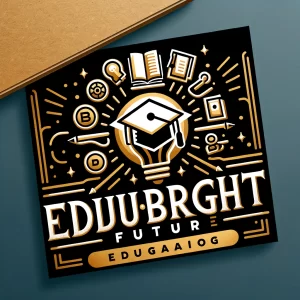Introduction
In today’s digital age, technology plays a significant role in all aspects of life, including education. Introducing technology in early childhood classrooms can enhance learning experiences and prepare children for the future. With the right approach, technology can be a powerful tool to support young learners’ development and equip them with essential skills.
Why Technology Matters in Early Education
Enhance Learning Experiences
Interactive apps and digital tools can make learning more engaging and accessible for young children, accommodating various learning styles. Technology can transform traditional lessons into interactive experiences that capture children’s attention and motivate them to learn. For example, educational games can turn math practice into an exciting adventure, while storytelling apps can make reading time more immersive.
Develop Essential Skills
Early exposure to technology helps children develop digital literacy and problem-solving skills. In a world where technology is ever-present, it is crucial for children to become comfortable with digital tools from an early age. This familiarity can enhance their ability to navigate various digital platforms and solve problems using technology. Additionally, many educational apps are designed to improve critical thinking and analytical skills, preparing children for future academic challenges.
How to Integrate Technology Responsibly
While technology offers numerous benefits, its integration must be thoughtful and age-appropriate to ensure that it supports healthy development.
Limit Screen Time
Ensure that technology use does not replace physical activity or face-to-face interactions. The American Academy of Pediatrics recommends that screen time for children aged 2 to 5 be limited to one hour per day of high-quality programming. In the classroom, technology should be used as a supplement to traditional learning activities, not as a replacement. Educators should balance screen time with hands-on activities, outdoor play, and social interactions to promote overall development.
Choose Quality Content
Select educational apps and programs designed specifically for young learners. High-quality educational content is crucial for making technology a beneficial part of early childhood education. Apps and programs should be age-appropriate, engaging, and aligned with educational goals. Educators and parents can refer to resources like Common Sense Media for reviews and recommendations on the best educational apps for children.
Examples of Technology in Early Classrooms
Interactive Whiteboards
Interactive whiteboards allow for dynamic visual lessons and interactive group activities. These tools can display colorful graphics, videos, and animations that make lessons more engaging. Teachers can use interactive whiteboards to conduct group activities, such as solving puzzles or playing educational games, fostering collaboration and participation among students.
Tablets with Educational Apps
Tablets equipped with educational apps offer customized learning experiences to enhance skills like math, reading, and science. For instance, math apps can provide interactive exercises tailored to each child’s learning level, while reading apps can offer a vast library of e-books with features that support literacy development, such as highlighting text and providing audio narration. Science apps can include virtual experiments and simulations that allow children to explore scientific concepts in a hands-on way.
Augmented Reality (AR)
Augmented reality can bring learning materials to life, providing immersive educational experiences. AR can transform a simple picture book into an interactive adventure, where characters come to life and narrate stories. It can also be used in subjects like geography, where children can explore 3D models of different terrains and landmarks, enhancing their understanding and retention of information.
Conclusion
Integrating technology in early childhood education, when done correctly, can be a valuable tool. It supports a modern learning environment and equips children with the skills needed in a tech-savvy world. By responsibly incorporating interactive whiteboards, tablets with educational apps, and augmented reality into the classroom, educators can enhance learning experiences, develop essential digital skills, and prepare young learners for future success.
